Runaway With Me
Runaway with me

Request: I would like a oneshot in which the reader was kylo’s love but now they are “enemies” and he spares his life once.But then a revenge hunter brings you back to Kylo all bruised (blind in one eye) and with handcuffs that inhibit her powers. You can decide what he will do to her.
A/N: Anon, I’m so sorry, just when I finished writing this I realized you asked for a Force sensitive Reader. I hope you still like it.
Warnings: angst, implied tortured, death
Kylo Ren isn’t sure if it’s a marvelous signal or the premonition of a disaster but what does know is that he has been waiting for this moment for many years. He has come with his army to end a rebel group, alien to the Resistance, but rebels anyway. He heard some footsteps going to the forest and followed the trail. Now he has you in front of him. You and Kylo met eight years ago in this same planet. He was still the Commander of the First Order when he made a conquest campaign to gain the control of the planet. You were living here and somehow you crashed into his life and made him fall in love with you. He extended his stay for three months to be with you but like everything in life, all went to hell when you confessed him that you couldn’t continue with him while he still belonged to the First Order. And the only thing that he answered before leaving was that the nex time you met, you wouldn’t get out alive. All because according to him you belonged to the enemy.
“You can’t run forever!” Kylo yells and his voice echoes through the thick trees. You recognize his voice and stop on your tracks. Slowly, you turn around and find him standing at ten ft. from you. You keep your distance, breathing heavy and with your eyes alert, you don’t have your blaster or even a knife to defend yourself. Kylo lifts his right hand and clenches it into a fist. You feel you’re being dragged by an invisible force, your feet sliding through the dirt and fallen branches. “I told you that if I see you again, I wouldn’t have mercy on you” Kylo grinds his teeth holding your neck without choking you, yet. You refuse to bow your head down, even after all the shit you and Kylo been through, one day you called him your lover.
Seguir leyendo
More Posts from Weirdtalesanduniverse-blog and Others


Planet Uranus ♅
Equatorial Diameter: 51.118 km Satellites: 27 Notable satellites: Oberon, Titania, Miranda, Ariel & Umbriel Orbit Distance: 2.870.658.186 km (19 AU) Orbit Period: 84 Earth years Surface Temperature: -220°C Discovered Date: March 13th 1781 Discovered By: William Herschel

Our Solar system
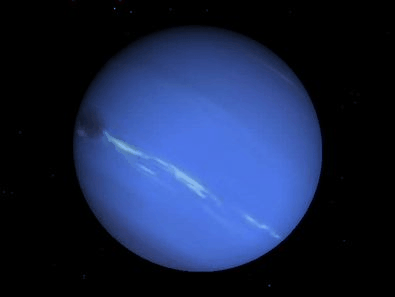
Neptune
Equatorial Diameter: 48.682 km Satellites: 14 Notable satellites: Triton Orbit Distance: 4.498.396.441 (30 AU) Orbit Period: 164 Earth years Surface Temperature: -201°C Discovered Date: September 23rd 1846 Discovered By: Urbain Le Verrier & Johann Galle

Solar System: Things to Know This Week

It’s the time of year for summer break, swimming, and oh, yes storms. June 1 marks the beginning of hurricane season on the Atlantic coast, but we’re not alone. Our neighboring planets have seen their fair share of volatile weather, too (like the Cassini spacecraft’s view of the unique six-sided jet stream at Saturn’s north pole known as “the hexagon”).
This week, we present 10 of the solar system’s greatest storms.

1. Jupiter’s Great Red Spot
With tumultuous winds peaking at 400 mph, the Great Red Spot has been swirling wildly over Jupiter’s skies for at least 150 years and possibly much longer. People saw a big spot on Jupiter as early as the 1600s when they started stargazing through telescopes, though it’s unclear whether they were looking at a different storm. Today, scientists know the Great Red Spot has been there for a while, but what causes its swirl of reddish hues remains to be discovered. More >

2. Jupiter’s Little Red Spot
Despite its unofficial name, the Little Red Spot is about as wide as Earth. The storm reached its current size when three smaller spots collided and merged in the year 2000. More >

3. Saturn’s Hexagon
The planet’s rings might get most of the glory, but another shape’s been competing for attention: the hexagon. This jet stream is home to a massive hurricane tightly centered on the north pole, with an eye about 50 times larger than the average hurricane eye on Earth. Numerous small vortices spin clockwise while the hexagon and hurricane spin counterclockwise. The biggest of these vortices, seen near the lower right corner of the hexagon and appearing whitish, spans about 2,200 miles, approximately twice the size of the largest hurricane on Earth. More>
4. Monster Storm on Saturn
A tempest erupted in 2010, extending approximately 9,000 miles north-south large enough to eventually eat its own tail before petering out. The storm raged for 200 days, making it the longest-lasting, planet-encircling storm ever seen on Saturn. More >

5. Mars’ Dust Storm
Better cover your eyes. Dust storms are a frequent guest on the Red Planet, but one dust storm in 2001 larger by far than any seen on Earth raised a cloud of dust that engulfed the entire planet for three months. As the Sun warmed the airborne dust, the upper atmospheric temperature rose by about 80 degrees Fahrenheit. More >

6. Neptune’s Great Dark Spot
Several large, dark spots on Neptune are similar to Jupiter’s hurricane-like storms. The largest spot, named the “Great Dark Spot” by its discoverers, contains a storm big enough for Earth to fit neatly inside. And, it looks to be an anticyclone similar to Jupiter’s Great Red Spot. More >

7. Sun Twister
Not to be confused with Earth’s tornadoes, a stalk-like prominence rose up above the Sun, then split into about four strands that twisted themselves into a knot and dispersed over a two-hour period. This close-up shows the effect is one of airy gracefulness. More >

8. Titan’s Arrow-shaped Storm
The storm blew across the equatorial region of Titan, creating large effects in the form of dark and likely “wet” from liquid hydrocarbons areas on the surface of the moon. The part of the storm visible here measures 750 miles in length east-to-west. The wings of the storm that trail off to the northwest and southwest from the easternmost point of the storm are each 930 miles long. More >

9. Geomagnetic Storms
On March 9, 1989, a huge cloud of solar material exploded from the sun, twisting toward Earth. When this cloud of magnetized solar material called a coronal mass ejection reached our planet, it set off a chain of events in near-Earth space that ultimately knocked out an entire power grid area to the Canadian province Quebec for nine hours. More >
10. Super Typhoon Tip
Back on Earth, Typhoon Tip of 1979 remains the biggest storm to ever hit our planet, making landfall in Japan. The tropical cyclone saw sustained winds peak at 190 mph and the diameter of circulation spanned approximately 1,380 miles. Fortunately, we now have plans to better predict future storms on Earth. NASA recently launched a new fleet of hurricane-tracking satellites, known as the Cyclone Global Navigation Satellite System (CYGNSS), which will use the same GPS technology you and I use in our cars to measure wind speed and ultimately improve how to track and forecast hurricanes. More >
Discover more lists of 10 things to know about our solar system HERE.
Make sure to follow us on Tumblr for your regular dose of space: http://nasa.tumblr.com
![Franz Von Stuck (German, 1863-1928), Sternschnuppen [Shooting Stars] (Franz And Mary Stuck), 1912. Oil](https://64.media.tumblr.com/7c7771692eb64c7b9e08c92a81cc9b3f/tumblr_oro819Nzxi1u6x3h6o1_500.jpg)
Franz von Stuck (German, 1863-1928), Sternschnuppen [Shooting Stars] (Franz and Mary Stuck), 1912. Oil on panel, 65 x 58.5 cm.

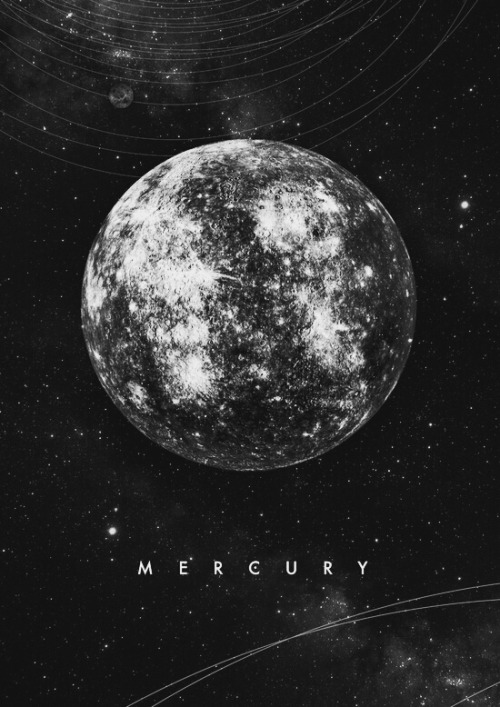
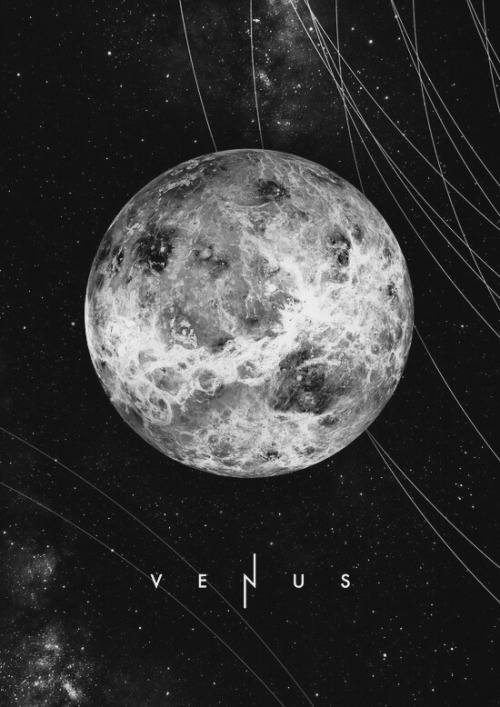
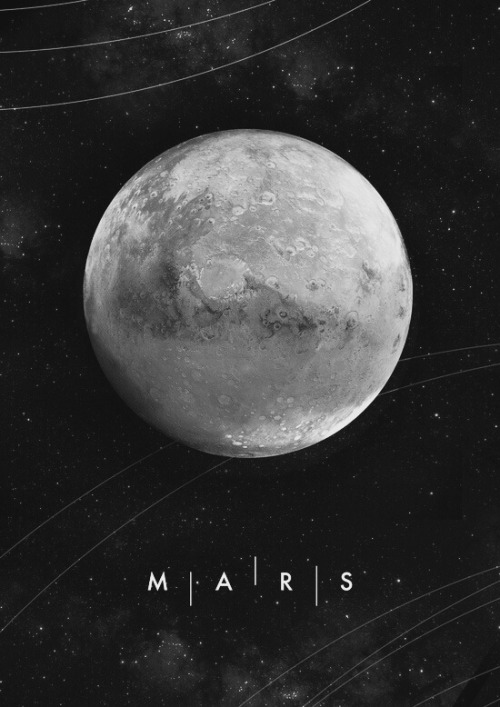
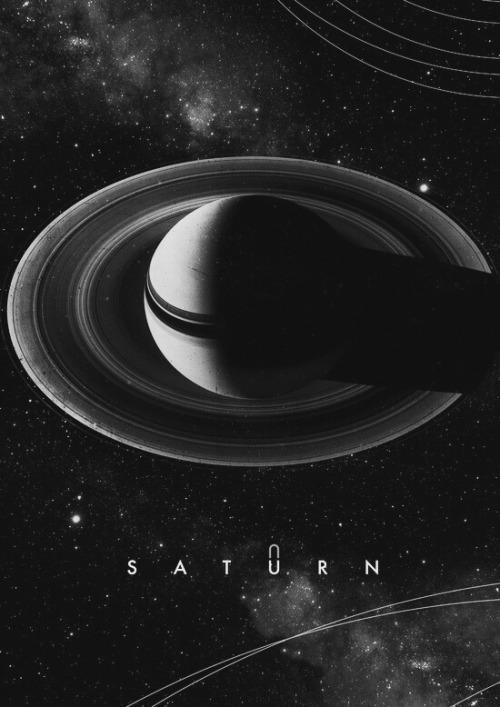

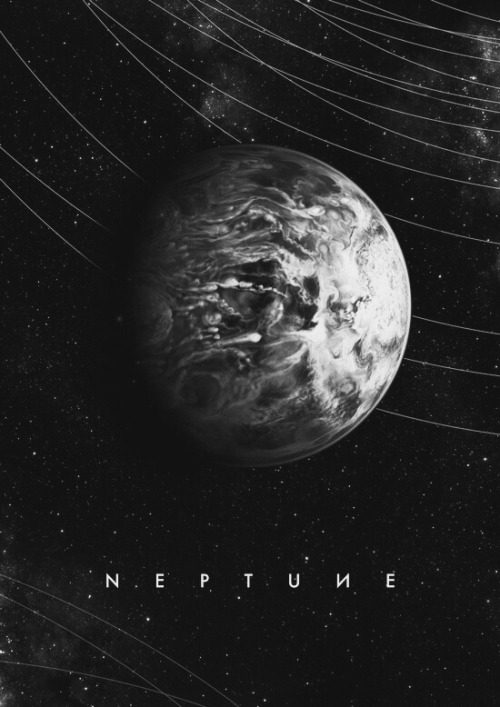

Black and white blog

Saturn in Infrared from Cassini
-
 qurunterquant liked this · 4 years ago
qurunterquant liked this · 4 years ago -
 shadowluna25 liked this · 4 years ago
shadowluna25 liked this · 4 years ago -
 httpbubbles liked this · 5 years ago
httpbubbles liked this · 5 years ago -
 kookiesmonkey reblogged this · 5 years ago
kookiesmonkey reblogged this · 5 years ago -
 kookiesmonkey liked this · 5 years ago
kookiesmonkey liked this · 5 years ago -
 fullyproblematicstudent liked this · 5 years ago
fullyproblematicstudent liked this · 5 years ago -
 plutoneu liked this · 5 years ago
plutoneu liked this · 5 years ago -
 ginotheweirdo-blog liked this · 5 years ago
ginotheweirdo-blog liked this · 5 years ago -
 xalina-x liked this · 6 years ago
xalina-x liked this · 6 years ago -
 mossy-opossum-dog liked this · 6 years ago
mossy-opossum-dog liked this · 6 years ago -
 spookynerdygalaxy liked this · 6 years ago
spookynerdygalaxy liked this · 6 years ago -
 lunalovegood2 liked this · 6 years ago
lunalovegood2 liked this · 6 years ago -
 unicorniorosacomefrutillas liked this · 6 years ago
unicorniorosacomefrutillas liked this · 6 years ago -
 littlekitten8590-blog liked this · 6 years ago
littlekitten8590-blog liked this · 6 years ago -
 jongadmirer liked this · 6 years ago
jongadmirer liked this · 6 years ago -
 rizeofkylo liked this · 6 years ago
rizeofkylo liked this · 6 years ago -
 facsimilie liked this · 6 years ago
facsimilie liked this · 6 years ago -
 justanotherfangurlz liked this · 6 years ago
justanotherfangurlz liked this · 6 years ago -
 myfictionalboyfriendsandme reblogged this · 6 years ago
myfictionalboyfriendsandme reblogged this · 6 years ago -
 littlesydneylouwho liked this · 6 years ago
littlesydneylouwho liked this · 6 years ago -
 the-lady-of-stars liked this · 6 years ago
the-lady-of-stars liked this · 6 years ago -
 rosenkohlsuppe liked this · 6 years ago
rosenkohlsuppe liked this · 6 years ago -
 kxnnh liked this · 6 years ago
kxnnh liked this · 6 years ago -
 thegirlthatsfalling liked this · 6 years ago
thegirlthatsfalling liked this · 6 years ago -
 hazelnooty liked this · 6 years ago
hazelnooty liked this · 6 years ago -
 livinginthatstate liked this · 6 years ago
livinginthatstate liked this · 6 years ago -
 schfai26 liked this · 6 years ago
schfai26 liked this · 6 years ago -
 naps-n-papercranes liked this · 6 years ago
naps-n-papercranes liked this · 6 years ago -
 wereteezfam liked this · 6 years ago
wereteezfam liked this · 6 years ago -
 tanyaherondale liked this · 6 years ago
tanyaherondale liked this · 6 years ago -
 bitchitsmebelle-blog liked this · 6 years ago
bitchitsmebelle-blog liked this · 6 years ago -
 syynnaah liked this · 6 years ago
syynnaah liked this · 6 years ago -
 psychoticobsession liked this · 6 years ago
psychoticobsession liked this · 6 years ago -
 tired-aly liked this · 6 years ago
tired-aly liked this · 6 years ago -
 djarinsfett liked this · 6 years ago
djarinsfett liked this · 6 years ago -
 betterthanwhom-blog liked this · 6 years ago
betterthanwhom-blog liked this · 6 years ago -
 your-imagination-runs-wild liked this · 6 years ago
your-imagination-runs-wild liked this · 6 years ago -
 rosevictorianghost liked this · 6 years ago
rosevictorianghost liked this · 6 years ago -
 vampsclassiffied liked this · 6 years ago
vampsclassiffied liked this · 6 years ago -
 absvolley liked this · 6 years ago
absvolley liked this · 6 years ago -
 badbitsh13 liked this · 6 years ago
badbitsh13 liked this · 6 years ago
66 posts